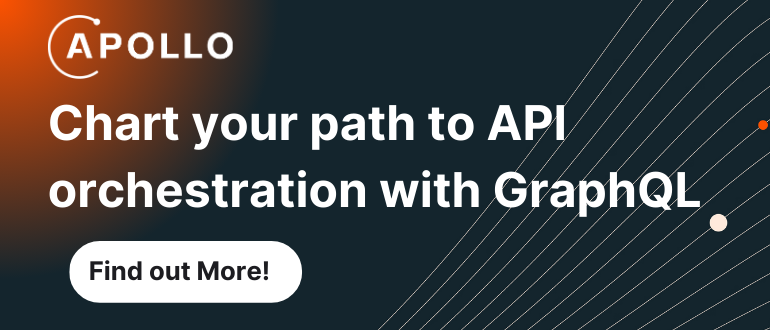DevOps isn’t dying – it’s evolving. That’s the perspective of Andi Grabner, who recently transitioned from DevOps Activist to Platform Engineering Advocate at Dynatrace. “The idea of DevOps is transforming. I agree that it has fulfilled its purpose, but the purpose is not over. It just shifts,” says Grabner.
After nearly 20 years of DevOps, Grabner sees an opportunity to address historical confusion while preserving core principles. “We want to solve the same problem – reduce friction while improving developer and operational efficiency. We want to automate, monitor, and share.”
Platform engineering represents this evolution, enabling organizations to scale DevOps best practices through self-service capabilities. “Platform engineering allows us to scale DevOps best practices in an enterprise organization,” Grabner explains. “What platform engineering does is provide self-services to engineers so they can do everything we wanted DevOps to do for us.”
At Dynatrace Perform 2025, the company announced several innovations supporting this evolution. The enhanced Davis AI engine now enables preventive operations, moving beyond reactive monitoring to predict and prevent incidents before they occur. This includes AI-powered generation of artifacts for automated remediation workflows and natural language explanations with contextual recommendations.
The evolution is particularly evident in how observability is implemented. “Traditionally, observability was always an afterthought,” Grabner explains. “Observability was something we looked into when we needed it. We needed it definitely in production, and sometimes we needed it in the testing environment.” Now, with platform engineering, “observability is there for me by default, by design at the beginning. It’s not an afterthought anymore. It’s part of the package, part of the definition of done.”
The new Live Debugger, part of Dynatrace’s Observability for Developers solution, exemplifies how AI and platform engineering are removing traditional friction points. “It will remove a lot of the tension between these two teams,” says Grabner, noting how developers often struggled to get the right data while operations teams complained about lack of best practices adherence.
This shift addresses long-standing challenges in DevOps implementation. “We’ve always struggled with our customers in the past that they follow our best practices,” Grabner notes. “Platform engineering tries to abstract this away by providing a self-service model, whereas as an engineer, I don’t need to think about what SLO exactly I need to specify, but it’s implicitly there in the template I’m using.”
Dynatrace’s new Cloud Security Posture Management (CSPM) solution further supports this evolution by unifying security and observability. “It doesn’t help me if I have the best performing and most feature-complete software if it’s not compliant,” Grabner emphasizes. “Compliance can cost you your business.” The CSPM solution enables continuous monitoring, automated remediation, and centralized visibility across hybrid and multi-cloud environments.
According to Mitch Ashley, VP and Practice Lead, DevOps and Application Development, The Futurum Group, “Our research data shows continued strong adoption of both DevOps and platform engineering. Any tensions between DevOps and platform engineering teams are short-lived. Platform engineering plays a vital role in developer productivity, increasing flow and simplifying many complexities.”
The future of DevOps lies in this convergence of AI, platform engineering, and automated best practices. While full automation may be years away, Grabner sees progress in approaches like Dynatrace’s AI-generated suggestions via pull requests: “You stay in control. I think that always needs to be the case.”










